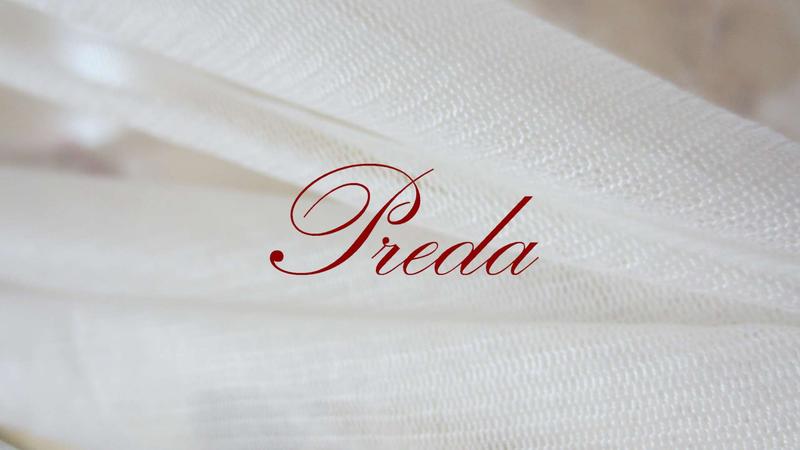100% Silk Tulle Fabric
100% Silk Tulle Fabric
- 产品详情
- 产品参数
- Review
 The finest silk fibers, and most of what we use today, are produced by "cultivated" silkworms grown in a controlled environment. The worms are fed a diet of mulberry leaves and increase their body size 10,000 times in their short life span. Once the cocoonis spun and before the worm hatches through the silk into a moth, the cocoon is soaked in hot water then unraveled, producing filaments that can be up to a mile long in size. The raw silk is then processed to remove the sericin - the natural "gum" that protects the fibers and causes them to stick to each other as the cocoon was spun.
The finest silk fibers, and most of what we use today, are produced by "cultivated" silkworms grown in a controlled environment. The worms are fed a diet of mulberry leaves and increase their body size 10,000 times in their short life span. Once the cocoonis spun and before the worm hatches through the silk into a moth, the cocoon is soaked in hot water then unraveled, producing filaments that can be up to a mile long in size. The raw silk is then processed to remove the sericin - the natural "gum" that protects the fibers and causes them to stick to each other as the cocoon was spun.  Silk is a protein fiber, similar to wool or to human hair. It is only natural for silks to have some irregularities –sometimes called "slubs". This is the nature of the 100% silk fabric. Silk that has been processed can be woven or knit into a variety of fabrics. Silk will shrink, so if you are using it to construct clothing, be sure to preshrink it. Silk often has a wonderful feel, (referred to as a "hand"), and an almost iridescent sheen that makes us think of luxury. The weight of silk is shown as "mm" – pronounced "mommy" – and varies within the different types of silk. Some favorite high quality silk fabric include silk satin, silk charmeuse, silk chiffon, silk crepe, silk organza, silk dupion, silk duchess satin, silk georgette, silk habotai, silk tulle, silk taffeta, silk twill and sandwash silk fabric.
Silk is a protein fiber, similar to wool or to human hair. It is only natural for silks to have some irregularities –sometimes called "slubs". This is the nature of the 100% silk fabric. Silk that has been processed can be woven or knit into a variety of fabrics. Silk will shrink, so if you are using it to construct clothing, be sure to preshrink it. Silk often has a wonderful feel, (referred to as a "hand"), and an almost iridescent sheen that makes us think of luxury. The weight of silk is shown as "mm" – pronounced "mommy" – and varies within the different types of silk. Some favorite high quality silk fabric include silk satin, silk charmeuse, silk chiffon, silk crepe, silk organza, silk dupion, silk duchess satin, silk georgette, silk habotai, silk tulle, silk taffeta, silk twill and sandwash silk fabric.

Silk Tulle - originally they are specially used for wendding gowns as traditional "head cover". But we got a lot more orders than before as some lasted garment brands are using it as accessories to decorate garment....This has been the latest fasion trend....
------Predatex Silk Co.,Ltd., a China based company who is exporting only 100% mulberry silk fabric!
